It is a great way to show processes on a frequency which we can never experience in real life. Hours in seconds. That’s why it is quite a time consuming to shoot time-lapse photography. Read our complete guide to learn everything you need to know about time-lapse photography.
Time-Lapse Photography: What It Is and How To Get Started
The basic idea is that you take many photographs at intervals. You then stitch them together during post-processing. What you get is a sequence that plays back faster than usual. The end result will become a video, as it is the only way to show this sequence of images in succession. This is a technique you can see everywhere. In commercials, title sequences and films like Baraka. Here, they show cities going about their daily life in a sped-up manner. These videos add a very high-production value to any project. However, they are complicated, time-consuming and need a lot of planning. Learn more about time-lapse photography in this article.
Camera Equipment
Camera Recommendations
There are many different cameras you can use for time-lapse photography. These can range from DSLRs, Go Pros and even mirrorless versions. The only caveat is that the system needs to be digital. This is because you will be taking hundreds of images in a short period of time. Your camera system doesn’t need to be top of the range. With the right equipment, you can create time-lapses from any DLSR. Read this post for the best time-lapse cameras.
Best Tripod for Time-Lapse Photography
Tripods are a necessary piece of equipment when it comes to time-lapse photography. This technique requires your camera to stay undisturbed for long periods of time. Tripods allow the shot to keep the same frame. This retains that fluidity from one photograph to the next. Your tripod needs to be of good quality, sturdy and stable, but light enough for you to take on adventures with you. This article lists the best tripods you can choose for time-lapse photography.
What Is an Intervalometer (and How to Choose One for Time-Lapse Photography!)
An intervalometer is a remote control device that plugs into your DSLR. This allows you to set-up the picture taking aspects of your time-lapse. It helps you set up the intervals between each photograph and how many pictures to take. There are many options to choose from. Some being from camera manufacturers that fit your specific camera body. Others are from third party companies. Check out this post to learn how to choose the right intervalometer for time-lapse photography.
How to Use an ND Filter for Time-Lapse Photography
One of the most important filters in the world of photography is the Neutral Density (Nd) filter. These are necessary for long exposures and time-lapses. This is true in very bright conditions, such as the middle of the day. This is because an ND filter takes exposure stops out of what you are photographing. It does this by blocking the light. The filters can go from 1 stop to 10, and although you can stack them, we do not recommend this. Stacking ND filters might be a cheap way to get the desired result. But you can often see them in your frame. This article gives you all the information you need about ND filters.
Camera Settings
Best Settings and Shooting Modes for Time-Lapse Photography
When it comes to modes on your DSLR for shooting time-lapses, you should have a basic idea of the possibilities. The four modes you need to understand are Av/A, Tv/T, B, and M. M, which is Manual, lets you control every aspect of the camera. This is the setting we recommend for time-lapse photography. It can be frustrating at first to learn through trial and error. But it is better for you and your photography in the long run. When it comes to the exposure triangle, you want the lowest ISO as possible, as this gives you the best quality. You also want medium to narrow apertures, such as f/5.6 – f/16. These allow the biggest area of focus on your subject. Read our article to learn more about the best camera settings and shooting modes for time-lapse photography.
Master Motion Blur for Better Time-Lapse Photography
When creating your first time-lapse photography project, there will be challenges to overcome. One challenge might be that you find some of the photographed subjects uneven or too jumpy. You want to create smooth time-lapse motion. We can teach you how to do it. Subjects like traffic or people are the most affected. This is due to the intervals between the photographs being too long. This article gives you great advice and examples to follow for stunning images.
Best Memory Cards for all Photography Budgets – CF | SD | MicroSD
One of the most overlooked areas of photography is using correct memory cards for your project. The speed of your memory card does matter. Especially in the field of time-lapse photography. With a slow-speed card, you might find that the time it takes to record and write information is longer. This is true while photographing with 1-second intervals. This has the potential to stop your time-lapse dead and send you home. Or, gives you junk when you come to process the images into a time-lapse photography video. Whether using a Micro-SD card, an SD card or Compact Flash card, there are different options to be aware of. This article runs through all information on what to look for when buying.
How to Achieve Cinematic Motion Blur Photography With the 180 Degree Rule
The 180-degree rule adds a realistic touch to our time-lapse images and videos. It takes two factors into account: shutter speed and shutter angle. Shutter speed means how long your camera’s shutter stays open to record the scene. Shutter angle is an old filmmaking term, and it comes down to the shutter size. To learn how these two factors make up the 180-degree rule, read this article. We also explain how you can use this rule for your time-lapse photography.
How to Shoot Timelapses
5 Best Subjects for Time Lapse Photography
While researching the subject of time-lapse photography, you will find many different possibilities. The options are endless. Anything moving has the potential to be a time-lapse. There are beautiful examples of cities, landscapes, and even germinating seeds. They all shine through this time-lapse process. Find something that interests you. This article gives you five examples of how you can start and get the hang of things.
How To Choose The Best Time Lapse Interval
Every time-lapse project is different. The number of frames and the speed of your intervals relies on the scene. The faster the changes, the shorter the gap should be. If the movement lasts a long time, consider having a long project with a high number of frames. A building project taking place over many years will need one number. A shot of cars on a highway at night will be very different. Trial-and-error plays a big part here. But this article gives a great idea to help you get started and very close to the perfect interval exposures.
How to Take Long Exposure Time Lapse Photos
Long exposures are utilising a very slow shutter speed. You capture one photographic scene, where the shutter stays open for a period of time. A time-lapse is taking many photographs of the same scene and creating a video from all the captures. It is possible to make a time-lapse out of long exposures. The benefit here is it can help create a more fluid project. Here, the article goes through why long exposures are great to use in your time-lapses. It also gives you stunning examples of the possible effects.
12 Tips to Avoid Common Time-Lapse Photography Mistakes
There are common mistakes photographers make when they shoot time-lapse photography. We listed twelve tips to avoid these. Some of these are very obvious; don’t shoot in JPEG being the most important. Others concentrate more on the time-lapse itself. They do not focus only on the moving subject. Each time-lapse needs correct and creative framing. The movement alone will not be interesting enough. This article will help you avoid making the most common time-lapse photography mistakes.
How to Make a Cinemagraph
Cinemagraphs are a combination of video and photography. They are almost the reverse of a time-lapse. They are still images that have moved within them. But they aren’t still images or videos. They embrace the world of gifs, where the name came about in 2011. It is an animation in a very creative sense. They are made using any environment that has movement. They are best made where some movements freeze in time, and others are left to run wild. A great example would be a flamboyant dinner party in full swing, but the only thing moving is wine pouring into a glass. Cinemagraphs, like time lapses, are very easy to get wrong. And they can often be overdone or retouched too much. Try to be subtle and low-key, and use your creativity. Here you can find an in-depth tutorial on how to go about this cinematographic process.
How to Shoot iPhone Time Lapse Photography
You might think that time-lapse photography is too technical to do it with your iPhone. This is not true. Using the newest iPhones, you can create stunning time-lapse photography with a few steps. You will only need to have an iPhone, a tripod, a remote. Oh, and read our detailed post on how to do it.
10 Best Apps for Time-Lapse Photography
What could be better than creating these time-lapses on your phone? You don’t need to worry about memory cards, expensive wide-angle lenses or complicated batch processing. There are already ways to capture time-lapses on the last few iPhone releases. But if your smartphone doesn’t have this option, check these apps. There are free and paid versions, both for iPhone and Android users. This means you can try them out before you commit. Don’t forget to also invest in an iPhone tripod beside these apps. You will need it for smartphone time-lapse photography. Go through the list of apps here and start practising.
Time-Lapse Calculator
The basic idea of this app is to calculate the combination of interval and amount of shots. This gives you the perfect chance to create a video of a certain length. For example, let’s say you wanted to capture traffic at a busy intersection to create a 1-minute video. If the frame rate was set at 30fps and you wanted 2 seconds between shots, this would take 90 minutes to capture. You can even save presets to go back to time and time again. Read this article to learn how to use a time-lapse calculator.
Types of Timelapses
Capturing Star Trails
Photographing star trails is a popular scene in the world of time-lapse photography. It reminds us of the universe above us and how small we all are in comparison. It is easy to forget that the sky is very dynamic. What we see with our naked eye is only a fragment of what is happening. To photograph the night sky with the light trails, you only need to take a long exposure. You will, of course, need help from camera equipment. A wide-angle lens and a tripod are essential. The ideal choice would be a full frame camera body or a one with good lowlight capability. Other things, such as mobile apps can also help you plan. How and where to capture these images are the most important aspects. This comprehensive guide will get you eager to photograph the night sky as soon as possible.
How to Shoot a Day to Night Time-Lapse
Day to night time-lapses are sometimes referred to as the holy grail time-lapses. Its name comes from its difficulty. You’ll find there are so many elements that need to be addressed. Plan according to the results. There are easy ways to try this challenging project. If you set up your camera, it will do most of the work for you. The biggest problem to overcome is flicker. These are discrepancies between shots where something changes very quickly. The onboard light meter can have a difficult time. Its job is to balance out all the available light sources, which you’ll have many. Think of cars, traffic lights, neon lights, and street lighting. Sometimes it causes the light to change in ‘exposure steps’ rather than gradual. This article goes through everything you need to know about these time-lapses, so you can try them out.
How To Shoot a Time Lapse Sunset
Sunsets are diverse and breathtaking photography subjects. They look even more stunning when captured as time-lapse photographs. You don’t even need fancy equipment for shooting time-lapse sunsets. A camera, a sturdy tripod, a time-lapse software and an intervalometer will get you fantastic results Check out this article to learn more about shooting time-lapse sunset photography.
How To Shoot A Stunning Night Sky Time Lapse
A night-sky time-lapse shows the movement of the stars throughout the night. With the time-lapse technique, you shorten this process from several hours to a few seconds. The results are stunning, but the night sky raises even more challenges when you try to capture it. Don’t worry, this article explains everything you need to know about taking beautiful night sky time-lapses.
How To Shoot a Milky Way Time-Lapse
Talking about the night sky, every photographer’s dream is to capture a time-lapse of the Milky Way. It’s quite similar to taking night sky time-lapses. All you need is a camera, a tripod, an intervalometer, a light pollution app, a torch and this article.
Post-Processing
How To Make a Time-Lapse in Photoshop
There are a few ways you can create your time-lapse after taking all those images. This list includes Photoshop. You can use Camera Raw to edit your images. Or go for Lightroom and then import them into Photoshop. We have a detailed article explaining how to make time-lapse in Photoshop. Go ahead and try out whether this is the right method for you.
How to Create a Time-Lapse Using Lightroom and LRTimelapse
Lightroom is one of the easiest and fastest ways to work on your images. This is great for time-lapses. You will have many, many images (500+), which Lightroom allows you to batch process at a click of a button. To create a time-lapse video, you will need to download a time-lapse video template. This will allow you to work with 15, 24 and 30 fps. Using the slideshow module, you can import the sequence of images. Decide on the frame-rate, export and you’re done. It is simple, and a no-nonsense way to go about finishing your project. But, Lightroom will never give you the same control over your images like Photoshop. This is a great way to practice your time-lapse photography. You’ll see a finished product fast.
Other Techniques
What Is a Hyperlapse? (And How to Make One)
A Hyperlapse is a moving Timelapse. Timelapses are static images, photographed from the same point and perspective. Hyperlapses use the same equipment – your camera, a tripod, and an intervalometer. You start by taking one photograph, using live view to focus, which should be set to manual. After taking one photograph, you move the tripod, reframe the scene and shoot again. This continues for as many images as you want. The smaller the movement between the tripod jumps means more fluidity. It is better to have something less choppy. The processing happens the same way as time-lapses. However, now you have created a high-value time-lapse without expensive motion capture devices. Read this post about creating hyperlapses.
Tilt-Shift Lenses
Now you have a good workflow with your time-lapses, and you are ready to move on to the next level. There are other pieces of equipment you can use to create interesting time-lapse. Tilt and shift lenses are special lenses that allow your camera to act like a Large Format camera. The benefit of this is that instead of only focusing on one plane, you can focus on two. With the tilt and shift lens, you are also able to manipulate the focal plane. This allows you to create areas of focus, both horizontally and vertically. These can be used to make landscapes and scenes look miniaturized. You can replicate this technique using a few simple tips. This article gives you everything you need.
Time-Stacking Images
Another way to create something similar to a time-lapse photograph is to time-stack. This also involves taking a lot of images over a designated period of time. But instead of turning it into a video, you layer them into one image. The end result is somewhat halfway between a time-lapse and long exposure photograph. These can give you very interesting, creative effects. Static subjects stay still and sharp, and the movement in the images comes out as very abstract. Read this article on how to use this idea with Photoshop and layering to start creating them today.
Using a Drone in Time-Lapse Photography
One of the most creative ways to create time-lapses is by using a drone. Creating a time-lapse from above looking down is a very powerful way to show the life and soul of a city. As it comes from an unusual perspective, and also in motion, you can end up with something very special. To produce something like this, you will need a drone. One that is capable of photographing many images over a period of time. First, you will need patience and practice. You’ll also need a good working knowledge of your drone and all permissions surrounding its usage. Plus, you need to read our article to learn how to shoot drone time-lapse photography/
How To Shoot A GoPro Time-Lapse
GoPro introduced the time-lapse mode with the HERO4 cameras, and this opened new opportunities for time-lapse photography. The good news is that the GoPro doesn’t have to stay completely still. It is an action camera at the end of the day. But it should remain at the same point of view. It can be fixed on a helmet, a chest mount or a tripod. You will need to use a GoPro HERO4 or a newer model and this article to master shooting time-lapses with this device.
How to Use Dolly Zoom (Vertigo Effect) in Time-Lapse Photography
The dolly zoom effect is often used in movies to create surreal and unsettling feelings. Its other name is the Vertigo Effect. In time-lapse photography, you can use the dolly zoom effect to create a 3D illusion. You don’t even need any special video equipment for it! Check out our article to learn how to use the Vertigo Effect to enhance your time-lapse photography.
Time-Lapse vs Video – Which Should You Use?
Time-lapse videos and speeded up videos are both great tools to capture motion. Creating a speeded-up video is less hassle. It is also better for capturing subjects that are very fast. However, time-lapse photos take up less storage space. They also provide you access to long-exposure features. At the end of the day, it is your task to decide what fits your project better. Our article will help you with the decision.
What Is Time-Lapse Flicker? (And How to Avoid or Deflicker!)
The most annoying thing that can ruin your time-lapse photography is a flicker. After spending long hours with capturing the scene and post-processing your work, you figure out your time-lapse isn’t as smooth as you hoped. Time-lapse flicker happens when the exposure changes between frames. It’s hard to detect it during the process but it’s very obvious in the final result. Don’t worry, we have the solution for you! Learn how to avoid or correct time-lapse flicker here.
Conclusion
Time-lapse photography requires practice and patience, but the results are rewarding. Use our ultimate guide to get started and don’t be afraid of the challenges along the way!
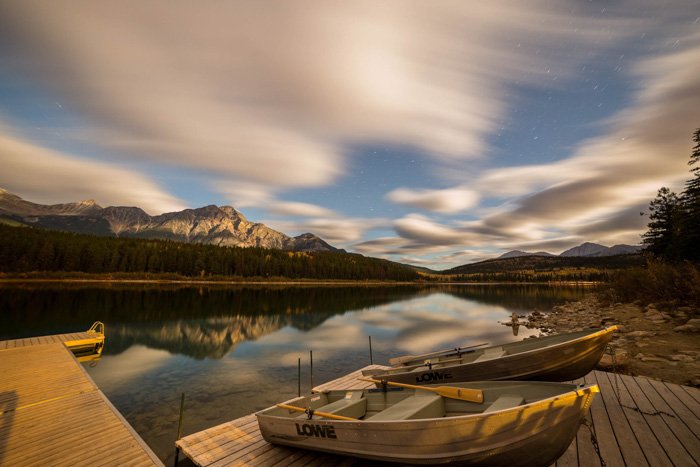

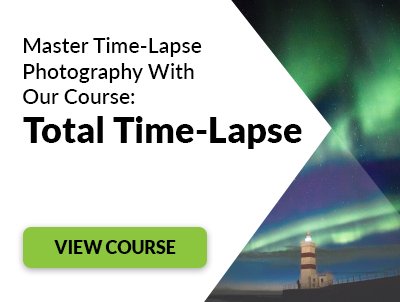

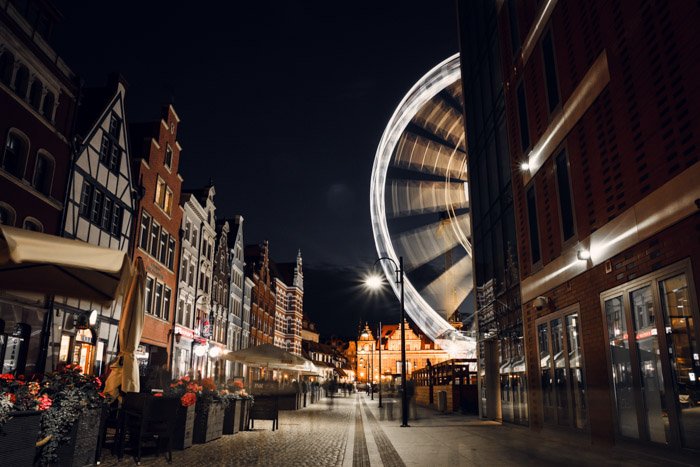
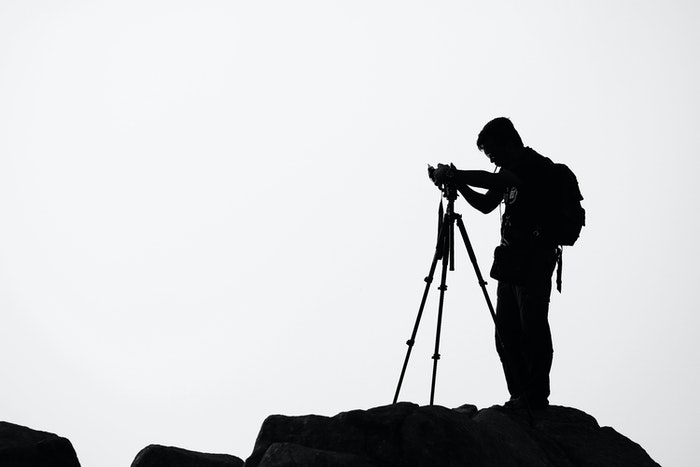

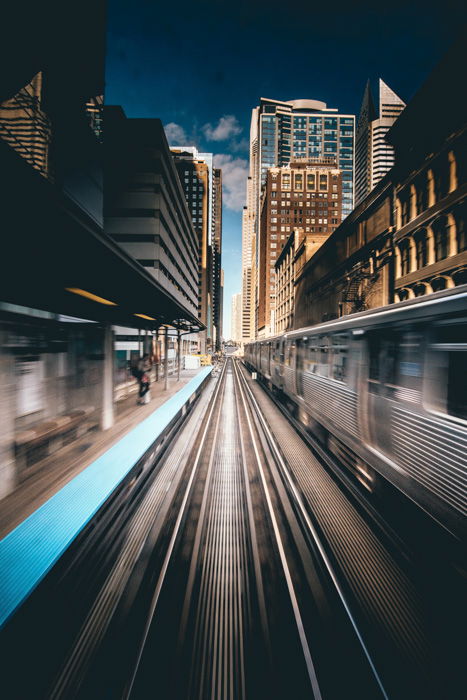
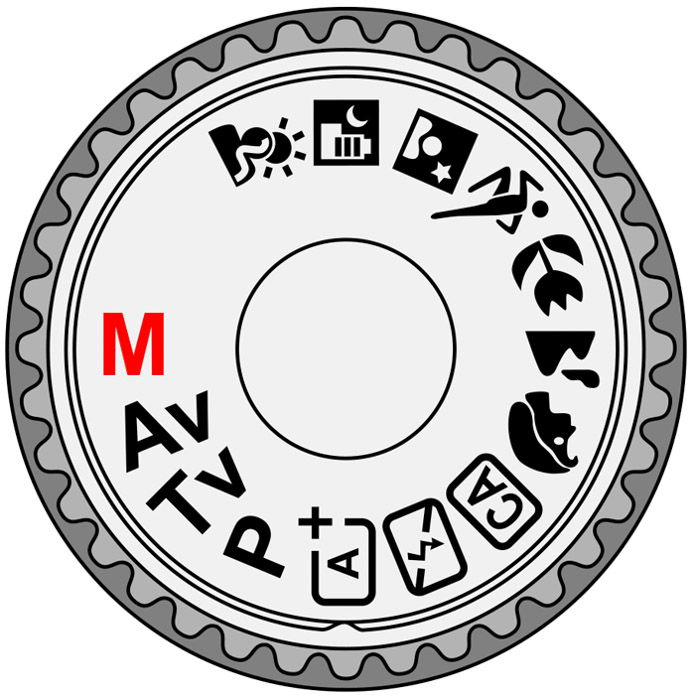
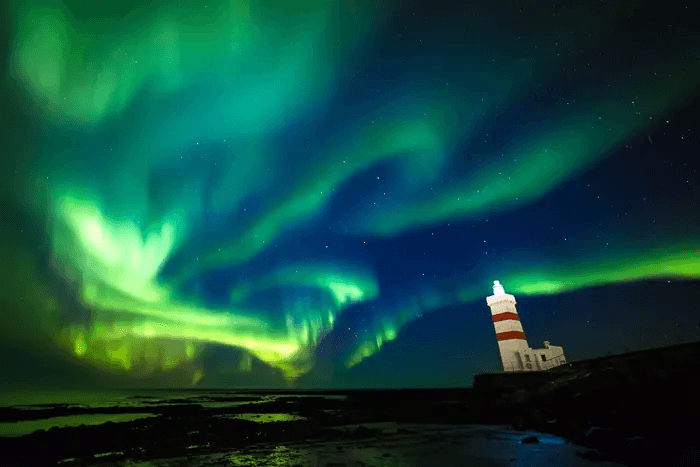
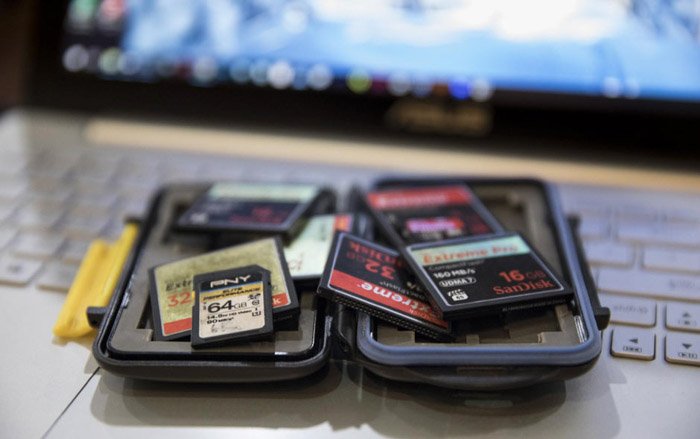
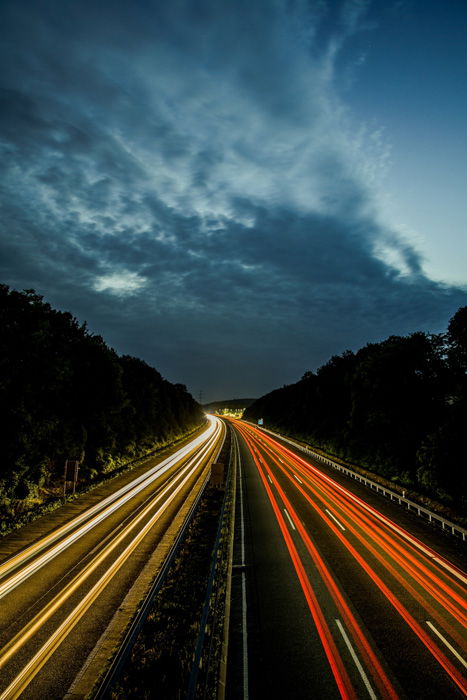
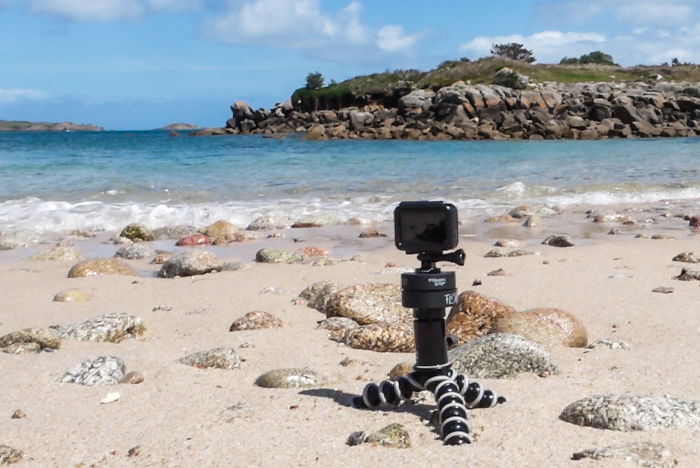
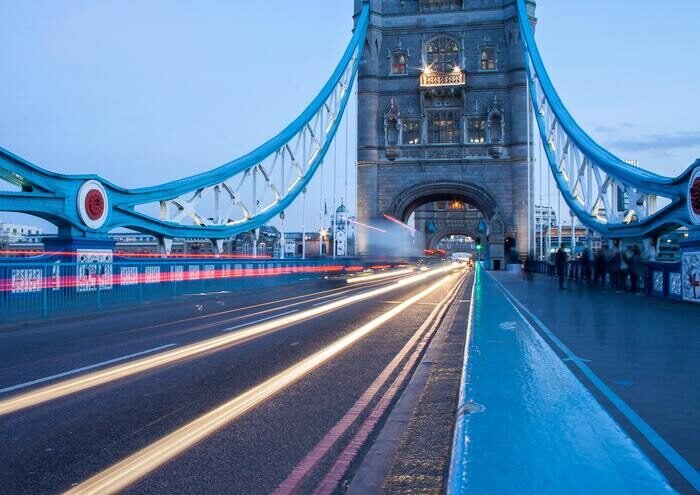


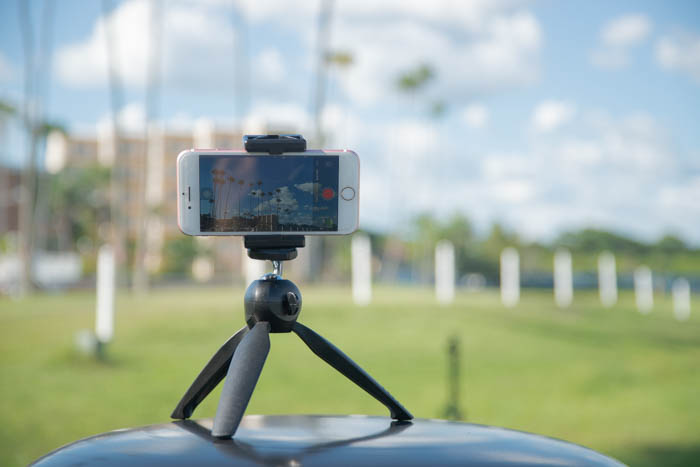
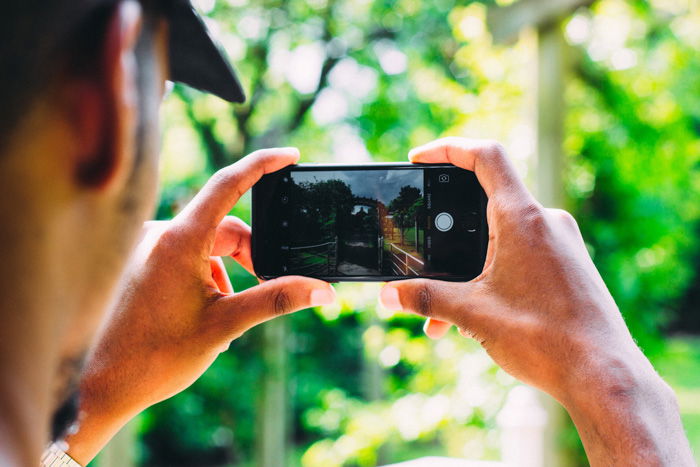
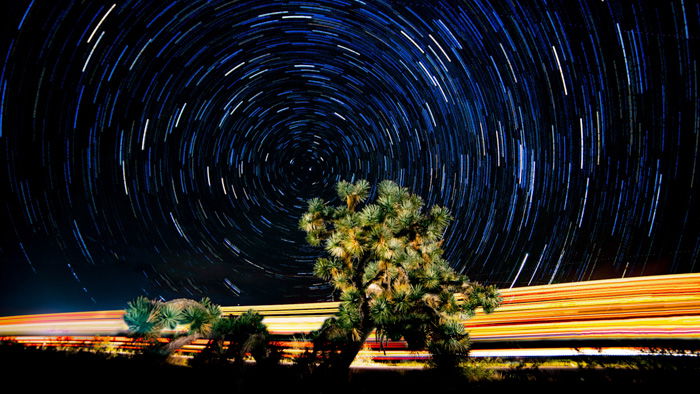
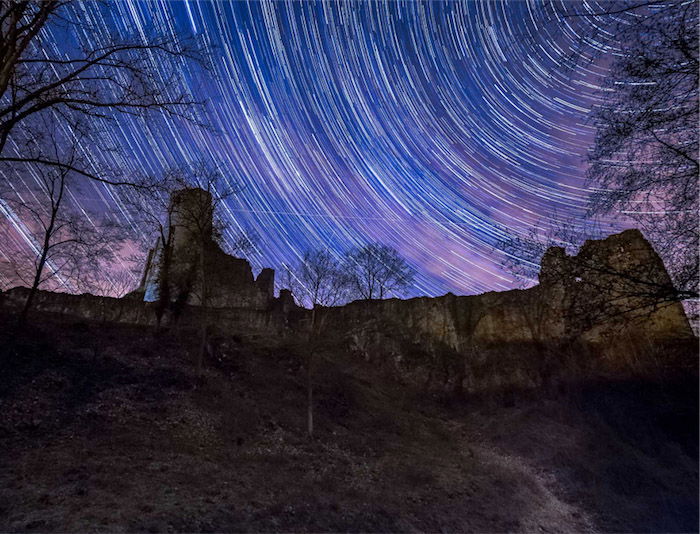
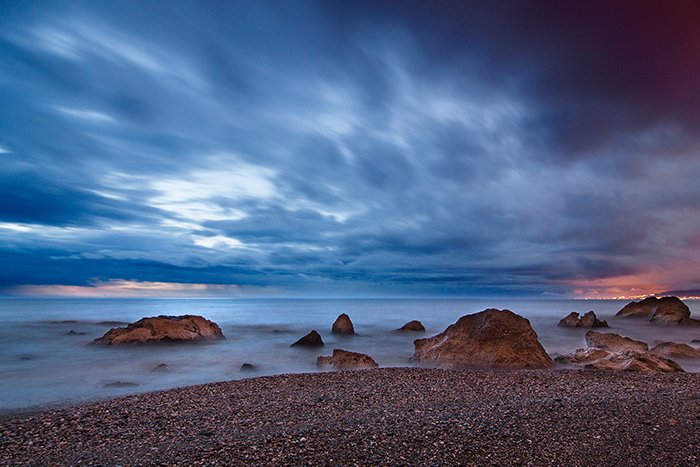
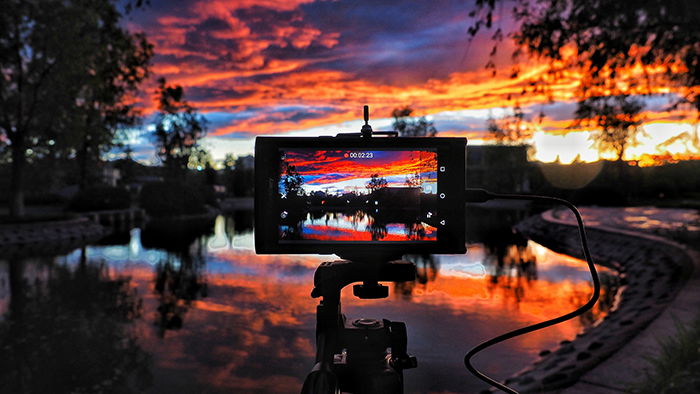
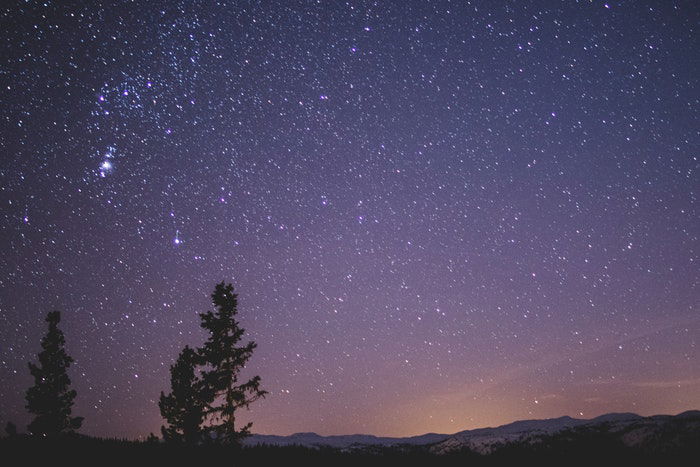
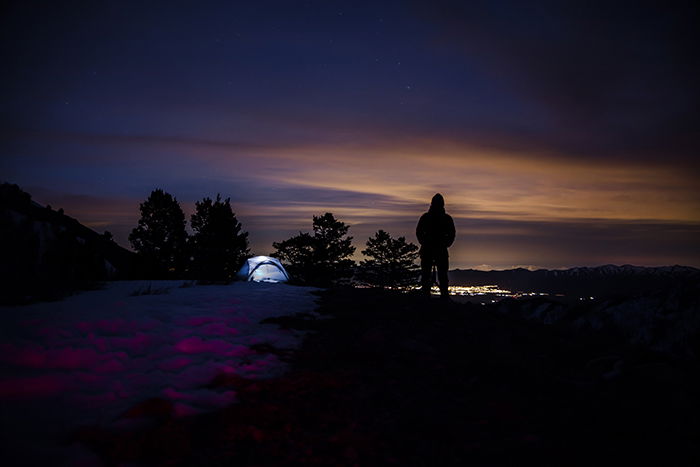
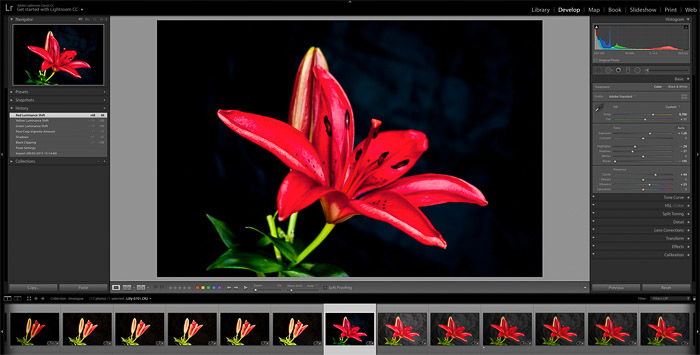
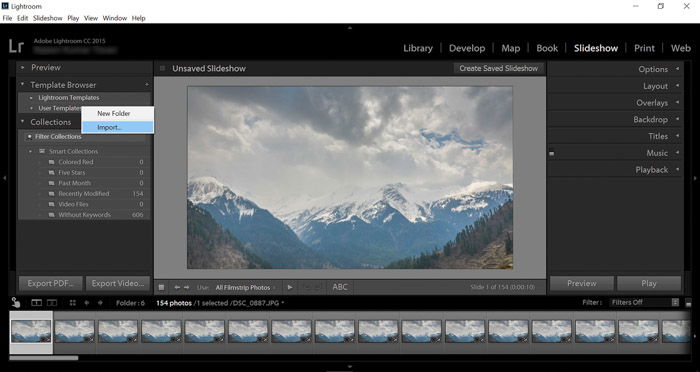
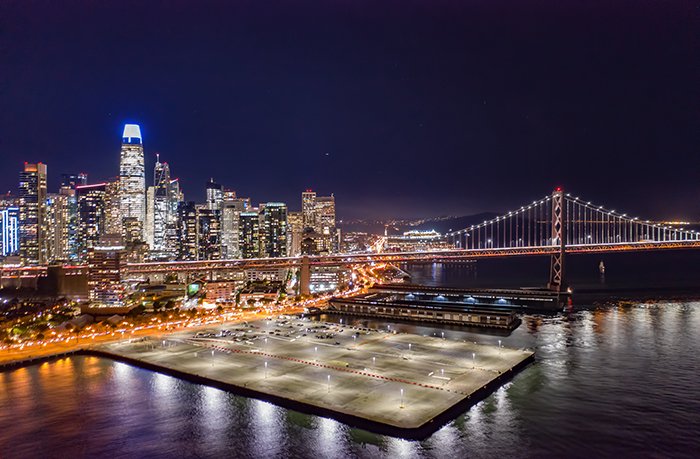
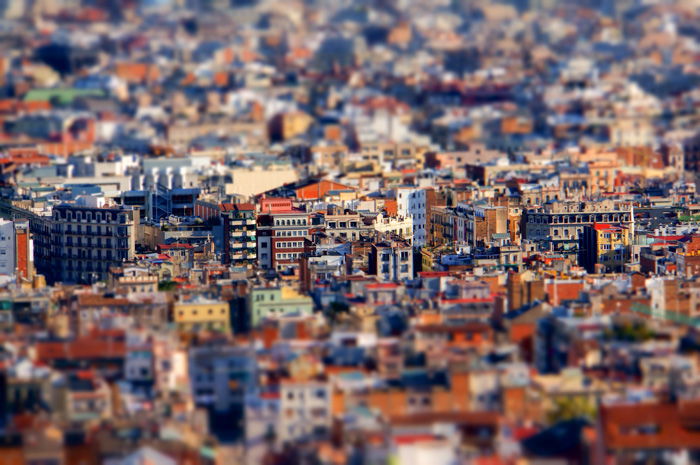
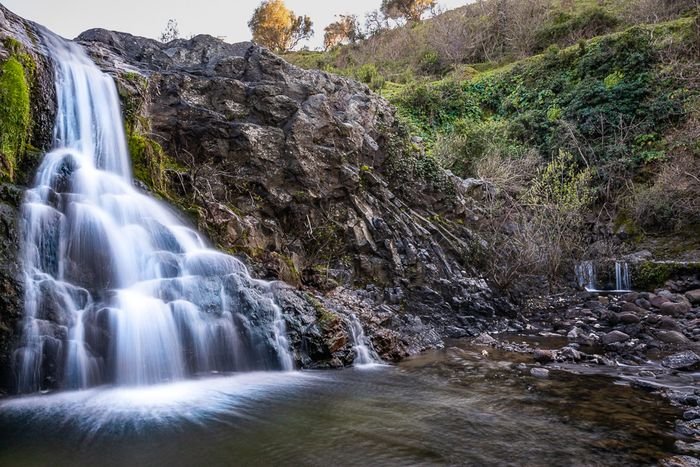
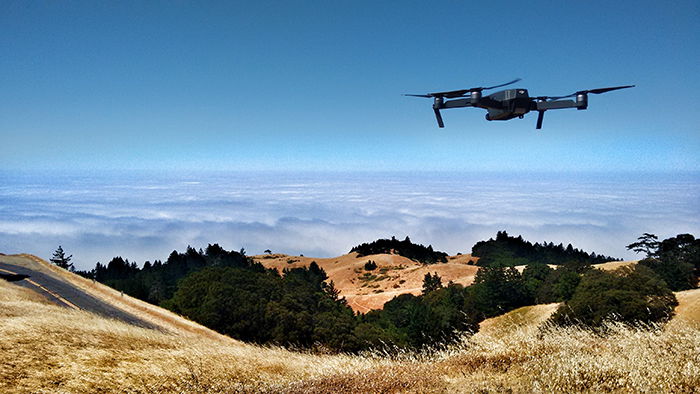
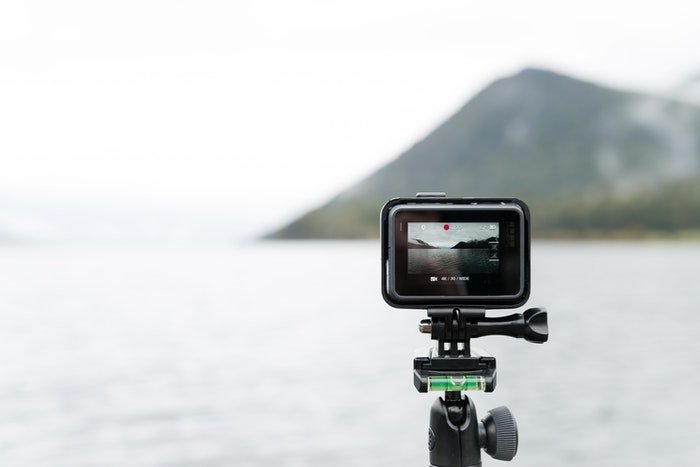
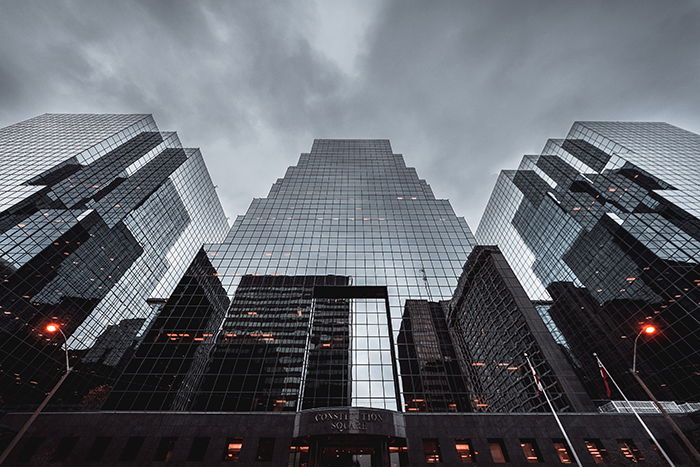
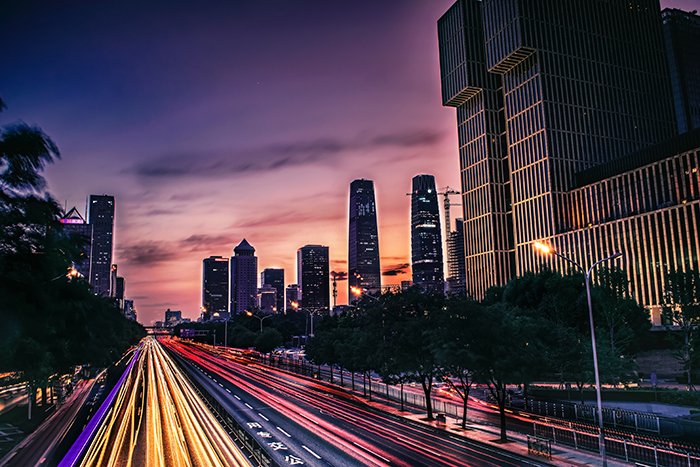
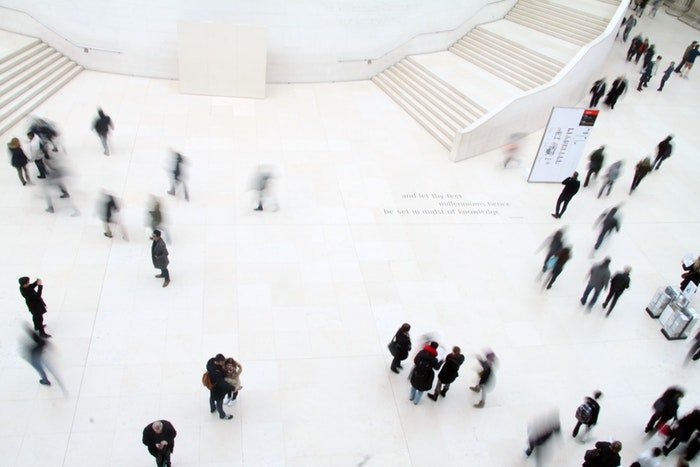
title: “The Ultimate Guide To Time Lapse Photography 82 Tips " ShowToc: true date: “2023-02-04” author: “Robert Whitehead”
It is a great way to show processes on a frequency which we can never experience in real life. Hours in seconds. That’s why it is quite a time consuming to shoot time-lapse photography. Read our complete guide to learn everything you need to know about time-lapse photography.
Time-Lapse Photography: What It Is and How To Get Started
The basic idea is that you take many photographs at intervals. You then stitch them together during post-processing. What you get is a sequence that plays back faster than usual. The end result will become a video, as it is the only way to show this sequence of images in succession. This is a technique you can see everywhere. In commercials, title sequences and films like Baraka. Here, they show cities going about their daily life in a sped-up manner. These videos add a very high-production value to any project. However, they are complicated, time-consuming and need a lot of planning. Learn more about time-lapse photography in this article.
Camera Equipment
Camera Recommendations
There are many different cameras you can use for time-lapse photography. These can range from DSLRs, Go Pros and even mirrorless versions. The only caveat is that the system needs to be digital. This is because you will be taking hundreds of images in a short period of time. Your camera system doesn’t need to be top of the range. With the right equipment, you can create time-lapses from any DLSR. Read this post for the best time-lapse cameras.
Best Tripod for Time-Lapse Photography
Tripods are a necessary piece of equipment when it comes to time-lapse photography. This technique requires your camera to stay undisturbed for long periods of time. Tripods allow the shot to keep the same frame. This retains that fluidity from one photograph to the next. Your tripod needs to be of good quality, sturdy and stable, but light enough for you to take on adventures with you. This article lists the best tripods you can choose for time-lapse photography.
What Is an Intervalometer (and How to Choose One for Time-Lapse Photography!)
An intervalometer is a remote control device that plugs into your DSLR. This allows you to set-up the picture taking aspects of your time-lapse. It helps you set up the intervals between each photograph and how many pictures to take. There are many options to choose from. Some being from camera manufacturers that fit your specific camera body. Others are from third party companies. Check out this post to learn how to choose the right intervalometer for time-lapse photography.
How to Use an ND Filter for Time-Lapse Photography
One of the most important filters in the world of photography is the Neutral Density (Nd) filter. These are necessary for long exposures and time-lapses. This is true in very bright conditions, such as the middle of the day. This is because an ND filter takes exposure stops out of what you are photographing. It does this by blocking the light. The filters can go from 1 stop to 10, and although you can stack them, we do not recommend this. Stacking ND filters might be a cheap way to get the desired result. But you can often see them in your frame. This article gives you all the information you need about ND filters.
Camera Settings
Best Settings and Shooting Modes for Time-Lapse Photography
When it comes to modes on your DSLR for shooting time-lapses, you should have a basic idea of the possibilities. The four modes you need to understand are Av/A, Tv/T, B, and M. M, which is Manual, lets you control every aspect of the camera. This is the setting we recommend for time-lapse photography. It can be frustrating at first to learn through trial and error. But it is better for you and your photography in the long run. When it comes to the exposure triangle, you want the lowest ISO as possible, as this gives you the best quality. You also want medium to narrow apertures, such as f/5.6 – f/16. These allow the biggest area of focus on your subject. Read our article to learn more about the best camera settings and shooting modes for time-lapse photography.
Master Motion Blur for Better Time-Lapse Photography
When creating your first time-lapse photography project, there will be challenges to overcome. One challenge might be that you find some of the photographed subjects uneven or too jumpy. You want to create smooth time-lapse motion. We can teach you how to do it. Subjects like traffic or people are the most affected. This is due to the intervals between the photographs being too long. This article gives you great advice and examples to follow for stunning images.
Best Memory Cards for all Photography Budgets – CF | SD | MicroSD
One of the most overlooked areas of photography is using correct memory cards for your project. The speed of your memory card does matter. Especially in the field of time-lapse photography. With a slow-speed card, you might find that the time it takes to record and write information is longer. This is true while photographing with 1-second intervals. This has the potential to stop your time-lapse dead and send you home. Or, gives you junk when you come to process the images into a time-lapse photography video. Whether using a Micro-SD card, an SD card or Compact Flash card, there are different options to be aware of. This article runs through all information on what to look for when buying.
How to Achieve Cinematic Motion Blur Photography With the 180 Degree Rule
The 180-degree rule adds a realistic touch to our time-lapse images and videos. It takes two factors into account: shutter speed and shutter angle. Shutter speed means how long your camera’s shutter stays open to record the scene. Shutter angle is an old filmmaking term, and it comes down to the shutter size. To learn how these two factors make up the 180-degree rule, read this article. We also explain how you can use this rule for your time-lapse photography.
How to Shoot Timelapses
5 Best Subjects for Time Lapse Photography
While researching the subject of time-lapse photography, you will find many different possibilities. The options are endless. Anything moving has the potential to be a time-lapse. There are beautiful examples of cities, landscapes, and even germinating seeds. They all shine through this time-lapse process. Find something that interests you. This article gives you five examples of how you can start and get the hang of things.
How To Choose The Best Time Lapse Interval
Every time-lapse project is different. The number of frames and the speed of your intervals relies on the scene. The faster the changes, the shorter the gap should be. If the movement lasts a long time, consider having a long project with a high number of frames. A building project taking place over many years will need one number. A shot of cars on a highway at night will be very different. Trial-and-error plays a big part here. But this article gives a great idea to help you get started and very close to the perfect interval exposures.
How to Take Long Exposure Time Lapse Photos
Long exposures are utilising a very slow shutter speed. You capture one photographic scene, where the shutter stays open for a period of time. A time-lapse is taking many photographs of the same scene and creating a video from all the captures. It is possible to make a time-lapse out of long exposures. The benefit here is it can help create a more fluid project. Here, the article goes through why long exposures are great to use in your time-lapses. It also gives you stunning examples of the possible effects.
12 Tips to Avoid Common Time-Lapse Photography Mistakes
There are common mistakes photographers make when they shoot time-lapse photography. We listed twelve tips to avoid these. Some of these are very obvious; don’t shoot in JPEG being the most important. Others concentrate more on the time-lapse itself. They do not focus only on the moving subject. Each time-lapse needs correct and creative framing. The movement alone will not be interesting enough. This article will help you avoid making the most common time-lapse photography mistakes.
How to Make a Cinemagraph
Cinemagraphs are a combination of video and photography. They are almost the reverse of a time-lapse. They are still images that have moved within them. But they aren’t still images or videos. They embrace the world of gifs, where the name came about in 2011. It is an animation in a very creative sense. They are made using any environment that has movement. They are best made where some movements freeze in time, and others are left to run wild. A great example would be a flamboyant dinner party in full swing, but the only thing moving is wine pouring into a glass. Cinemagraphs, like time lapses, are very easy to get wrong. And they can often be overdone or retouched too much. Try to be subtle and low-key, and use your creativity. Here you can find an in-depth tutorial on how to go about this cinematographic process.
How to Shoot iPhone Time Lapse Photography
You might think that time-lapse photography is too technical to do it with your iPhone. This is not true. Using the newest iPhones, you can create stunning time-lapse photography with a few steps. You will only need to have an iPhone, a tripod, a remote. Oh, and read our detailed post on how to do it.
10 Best Apps for Time-Lapse Photography
What could be better than creating these time-lapses on your phone? You don’t need to worry about memory cards, expensive wide-angle lenses or complicated batch processing. There are already ways to capture time-lapses on the last few iPhone releases. But if your smartphone doesn’t have this option, check these apps. There are free and paid versions, both for iPhone and Android users. This means you can try them out before you commit. Don’t forget to also invest in an iPhone tripod beside these apps. You will need it for smartphone time-lapse photography. Go through the list of apps here and start practising.
Time-Lapse Calculator
The basic idea of this app is to calculate the combination of interval and amount of shots. This gives you the perfect chance to create a video of a certain length. For example, let’s say you wanted to capture traffic at a busy intersection to create a 1-minute video. If the frame rate was set at 30fps and you wanted 2 seconds between shots, this would take 90 minutes to capture. You can even save presets to go back to time and time again. Read this article to learn how to use a time-lapse calculator.
Types of Timelapses
Capturing Star Trails
Photographing star trails is a popular scene in the world of time-lapse photography. It reminds us of the universe above us and how small we all are in comparison. It is easy to forget that the sky is very dynamic. What we see with our naked eye is only a fragment of what is happening. To photograph the night sky with the light trails, you only need to take a long exposure. You will, of course, need help from camera equipment. A wide-angle lens and a tripod are essential. The ideal choice would be a full frame camera body or a one with good lowlight capability. Other things, such as mobile apps can also help you plan. How and where to capture these images are the most important aspects. This comprehensive guide will get you eager to photograph the night sky as soon as possible.
How to Shoot a Day to Night Time-Lapse
Day to night time-lapses are sometimes referred to as the holy grail time-lapses. Its name comes from its difficulty. You’ll find there are so many elements that need to be addressed. Plan according to the results. There are easy ways to try this challenging project. If you set up your camera, it will do most of the work for you. The biggest problem to overcome is flicker. These are discrepancies between shots where something changes very quickly. The onboard light meter can have a difficult time. Its job is to balance out all the available light sources, which you’ll have many. Think of cars, traffic lights, neon lights, and street lighting. Sometimes it causes the light to change in ‘exposure steps’ rather than gradual. This article goes through everything you need to know about these time-lapses, so you can try them out.
How To Shoot a Time Lapse Sunset
Sunsets are diverse and breathtaking photography subjects. They look even more stunning when captured as time-lapse photographs. You don’t even need fancy equipment for shooting time-lapse sunsets. A camera, a sturdy tripod, a time-lapse software and an intervalometer will get you fantastic results Check out this article to learn more about shooting time-lapse sunset photography.
How To Shoot A Stunning Night Sky Time Lapse
A night-sky time-lapse shows the movement of the stars throughout the night. With the time-lapse technique, you shorten this process from several hours to a few seconds. The results are stunning, but the night sky raises even more challenges when you try to capture it. Don’t worry, this article explains everything you need to know about taking beautiful night sky time-lapses.
How To Shoot a Milky Way Time-Lapse
Talking about the night sky, every photographer’s dream is to capture a time-lapse of the Milky Way. It’s quite similar to taking night sky time-lapses. All you need is a camera, a tripod, an intervalometer, a light pollution app, a torch and this article.
Post-Processing
How To Make a Time-Lapse in Photoshop
There are a few ways you can create your time-lapse after taking all those images. This list includes Photoshop. You can use Camera Raw to edit your images. Or go for Lightroom and then import them into Photoshop. We have a detailed article explaining how to make time-lapse in Photoshop. Go ahead and try out whether this is the right method for you.
How to Create a Time-Lapse Using Lightroom and LRTimelapse
Lightroom is one of the easiest and fastest ways to work on your images. This is great for time-lapses. You will have many, many images (500+), which Lightroom allows you to batch process at a click of a button. To create a time-lapse video, you will need to download a time-lapse video template. This will allow you to work with 15, 24 and 30 fps. Using the slideshow module, you can import the sequence of images. Decide on the frame-rate, export and you’re done. It is simple, and a no-nonsense way to go about finishing your project. But, Lightroom will never give you the same control over your images like Photoshop. This is a great way to practice your time-lapse photography. You’ll see a finished product fast.
Other Techniques
What Is a Hyperlapse? (And How to Make One)
A Hyperlapse is a moving Timelapse. Timelapses are static images, photographed from the same point and perspective. Hyperlapses use the same equipment – your camera, a tripod, and an intervalometer. You start by taking one photograph, using live view to focus, which should be set to manual. After taking one photograph, you move the tripod, reframe the scene and shoot again. This continues for as many images as you want. The smaller the movement between the tripod jumps means more fluidity. It is better to have something less choppy. The processing happens the same way as time-lapses. However, now you have created a high-value time-lapse without expensive motion capture devices. Read this post about creating hyperlapses.
Tilt-Shift Lenses
Now you have a good workflow with your time-lapses, and you are ready to move on to the next level. There are other pieces of equipment you can use to create interesting time-lapse. Tilt and shift lenses are special lenses that allow your camera to act like a Large Format camera. The benefit of this is that instead of only focusing on one plane, you can focus on two. With the tilt and shift lens, you are also able to manipulate the focal plane. This allows you to create areas of focus, both horizontally and vertically. These can be used to make landscapes and scenes look miniaturized. You can replicate this technique using a few simple tips. This article gives you everything you need.
Time-Stacking Images
Another way to create something similar to a time-lapse photograph is to time-stack. This also involves taking a lot of images over a designated period of time. But instead of turning it into a video, you layer them into one image. The end result is somewhat halfway between a time-lapse and long exposure photograph. These can give you very interesting, creative effects. Static subjects stay still and sharp, and the movement in the images comes out as very abstract. Read this article on how to use this idea with Photoshop and layering to start creating them today.
Using a Drone in Time-Lapse Photography
One of the most creative ways to create time-lapses is by using a drone. Creating a time-lapse from above looking down is a very powerful way to show the life and soul of a city. As it comes from an unusual perspective, and also in motion, you can end up with something very special. To produce something like this, you will need a drone. One that is capable of photographing many images over a period of time. First, you will need patience and practice. You’ll also need a good working knowledge of your drone and all permissions surrounding its usage. Plus, you need to read our article to learn how to shoot drone time-lapse photography/
How To Shoot A GoPro Time-Lapse
GoPro introduced the time-lapse mode with the HERO4 cameras, and this opened new opportunities for time-lapse photography. The good news is that the GoPro doesn’t have to stay completely still. It is an action camera at the end of the day. But it should remain at the same point of view. It can be fixed on a helmet, a chest mount or a tripod. You will need to use a GoPro HERO4 or a newer model and this article to master shooting time-lapses with this device.
How to Use Dolly Zoom (Vertigo Effect) in Time-Lapse Photography
The dolly zoom effect is often used in movies to create surreal and unsettling feelings. Its other name is the Vertigo Effect. In time-lapse photography, you can use the dolly zoom effect to create a 3D illusion. You don’t even need any special video equipment for it! Check out our article to learn how to use the Vertigo Effect to enhance your time-lapse photography.
Time-Lapse vs Video – Which Should You Use?
Time-lapse videos and speeded up videos are both great tools to capture motion. Creating a speeded-up video is less hassle. It is also better for capturing subjects that are very fast. However, time-lapse photos take up less storage space. They also provide you access to long-exposure features. At the end of the day, it is your task to decide what fits your project better. Our article will help you with the decision.
What Is Time-Lapse Flicker? (And How to Avoid or Deflicker!)
The most annoying thing that can ruin your time-lapse photography is a flicker. After spending long hours with capturing the scene and post-processing your work, you figure out your time-lapse isn’t as smooth as you hoped. Time-lapse flicker happens when the exposure changes between frames. It’s hard to detect it during the process but it’s very obvious in the final result. Don’t worry, we have the solution for you! Learn how to avoid or correct time-lapse flicker here.
Conclusion
Time-lapse photography requires practice and patience, but the results are rewarding. Use our ultimate guide to get started and don’t be afraid of the challenges along the way!

































